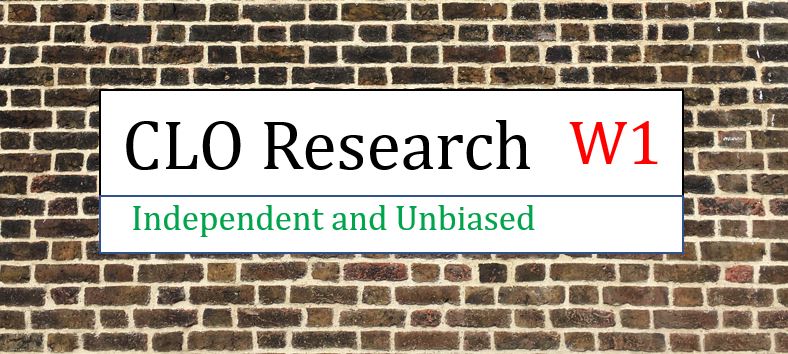
SCI Article – Missing Piece : Lack of equity investors holding back CLO growth
The CLO primary market is fully back to post-summer business with three new deals pricing yesterday, 10 September and a bulging pipeline either side of the Atlantic. However, the lack of equity investors is holding the sector back from greater long-term growth.
The deals that priced yesterday brought this holiday-shortened week’s total to five already and continued the trend of seniors printing at or around Covid crisis tights. Magnetite XXVIII’s triple-As came in at Libor plus 127bp, Neuberger Berman Loan Advisers CLO 38’s at Libor plus 130bp and Ocean Trails CLO X’s at Libor plus 155bp.
As a result of improving market conditions in recent months, CLO new issuance targets have been upped across the board (SCI passim). However, they still fall short of initial pre-crisis targets for 2020 and remain far from the long term aim of sufficient volume for CLOs to be treated as a fully stand-alone asset class.
“If the global CLO market is going to grow as much as is hoped through to the end of this year and beyond, issuers will need to find more equity support,” says Poh-Heng Tan, founder of the CLO Research Group. “It is a common knowledge that it is not easy to place equity right now and that has to be addressed.”
The fundamental issue, Tan argues, is past performance combined with concerns over continuing volatility at the bottom of the stack. “The trouble is the risk return profile isn’t that great for 2.0 CLO equity issued from 2013 in general,” he says. “While European CLOs have seen a better profile, over the past many years returns have been more mixed and combine that with high levels of price vol, appetite for equity pieces has been affected.”
In order to entice equity investors Tan suggests that structures need to change and market conditions need to improve further. “A long reinvestment period would help in reducing future reset cost and equity investors probably need to see a much higher safety spread margin (portfolio spreads vs running cost of capital) in order to offset any price volatility,” he says. “At the same time, rated CLO debt tranches need to tighten significantly to facilitate a much lower cost of capital.”
Reinvestment periods have reduced for new issues as a result of the Covid crisis. They crept back up to being regularly three years a couple of months ago but the first post-crisis five-year deal only priced last Friday, 4 September – Anchorage Credit Funding 12. Nevertheless, there is still a long way to go before that returns to being the norm – yesterday’s three deals all had three-year structures, for example.
“It’s encouraging to see rated tranches continue to tighten,” Tan says. “These rated tranches have demonstrated resilience thanks to their good credit support, but encouragement is not enough – equity investors want to see that their returns are there.”
As Tan concludes: “The headline equity payment numbers are just part of the equation you’ve got to look at both the underlying portfolio interest income and its NAV protection as well. Picking the right manager is key.”
This article was originally published in Structured Credit Investor on 11 September 2020 and has been reproduced with permission.









